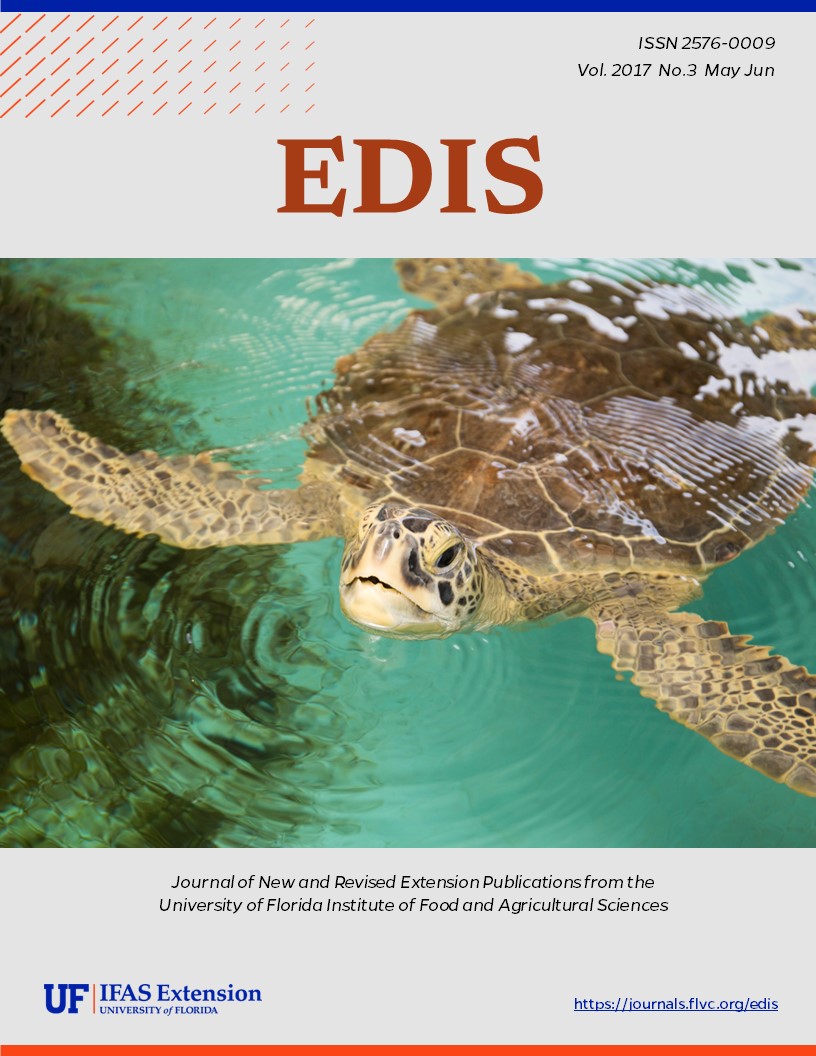Abstract
In 2005, Huanglongbing (HLB) or citrus greening disease was first discovered in Florida. Florida orange production changed from 242 million boxes (90 lbs/box) in the pre-hurricane, pre-HLB, 2003-04 season to 81.5 million boxes in 2015-16. This dramatic reduction in yield is attributable to multiple causes, including a reduction in citrus acreage, citrus canker and other citrus diseases. HLB is now recognized as the primary reason for declining citrus yields. Growers are urgently looking for strategies to maintain fruit production in their groves under endemic HLB conditions.
After years of extensive research from across the world, we still do not have a cure for HLB, however we have learned a lot about this disease, the plant’s response and the disease vector. Based on the scientific and observational information gathered in the last decade a number of tools and strategies are currently available for growers to maintain the health and productivity of HLB-affected trees. In this article we will be shedding light on these currently available horticultural inputs and practices that can be implemented immediately by growers to maintain and improve citrus tree health.
Unless otherwise specified, articles published in the EDIS journal after January 1, 2024 are licensed under a Creative Commons Attribution-NonCommercial-NoDerivs 4.0 International (CC BY-NC-ND 4.0) license.

